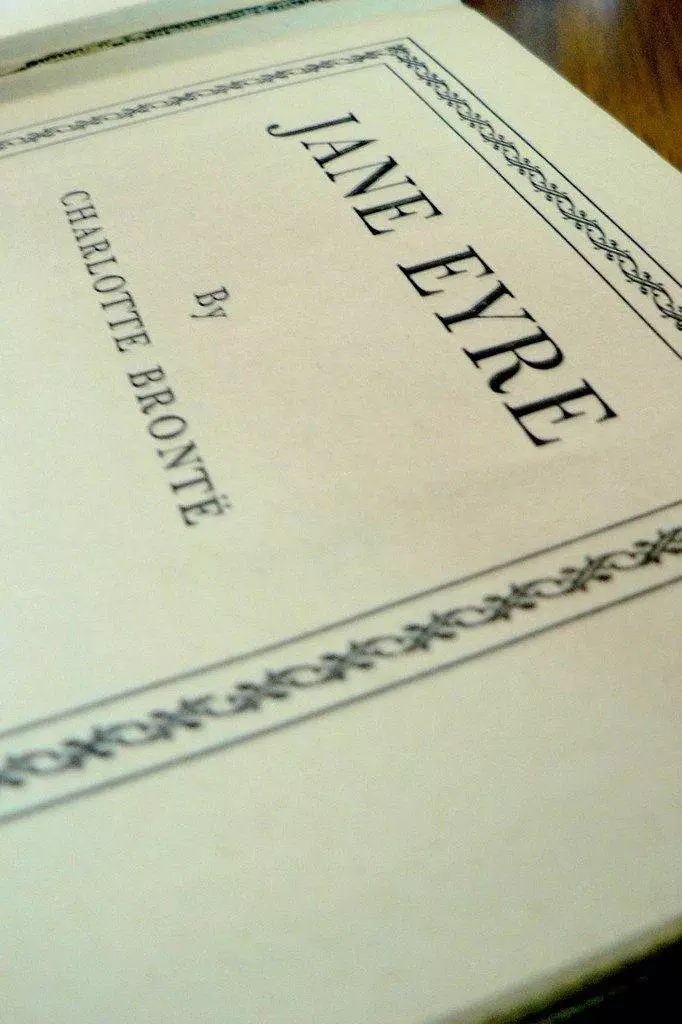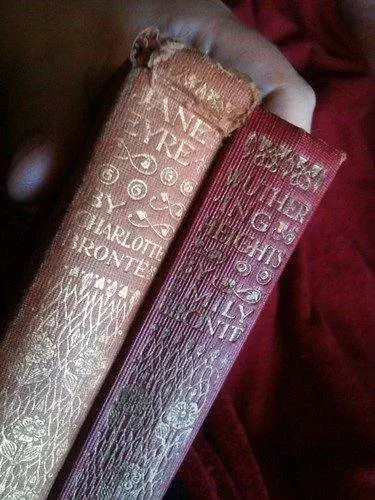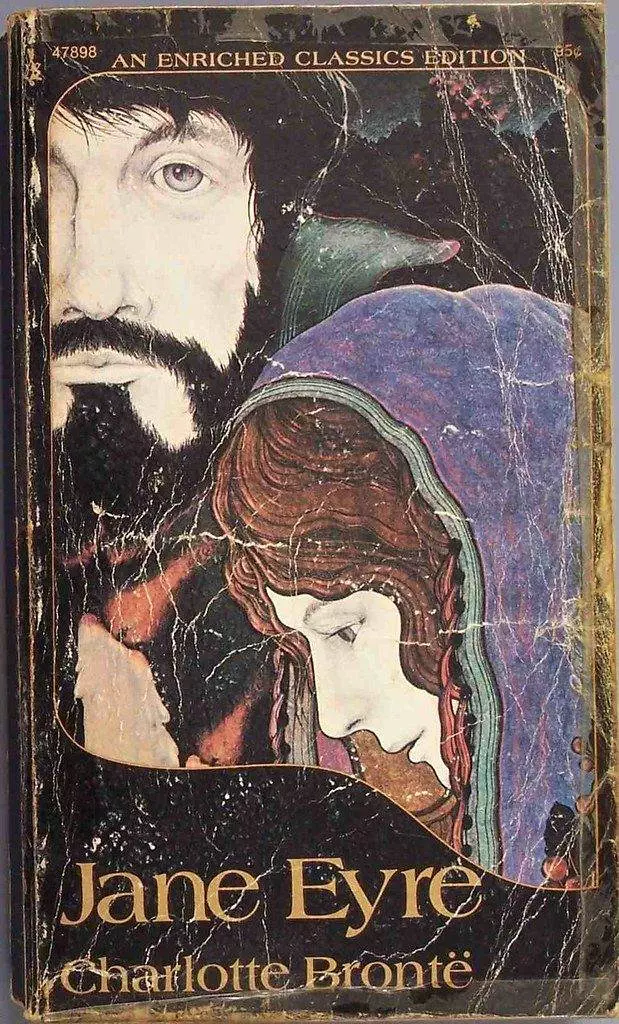Published in 1847 under the pen name Currer Bell, Jane Eyre by Charlotte Brontë is considered a pioneering novel for its portrayal of the quest for independence and empowerment by the title character. Orphaned as a girl, Jane overcomes poverty, abuse and social exclusion to forge her own path as a self-respecting woman. Combining gothic mystery with romantic passion, Jane Eyre examines gender, class, religion, sexuality and more in Victorian England through the eyes of its remarkable heroine.
Table of Contents
Plot Summary
Orphaned as a baby, young Jane Eyre lives unhappily with her cruel aunt and cousins, the Reeds. Sent away to a harsh charity school, she grows up lonely yet disciplined. She works as a governess at Thornfield Hall for the brooding, mysterious Mr. Rochester. Despite their age and class differences, Jane and Rochester fall in love. However on their wedding day, it is revealed Rochester is already married to a mentally ill woman he locks in the attic.
Jane flees the deception. Penniless and starving, she is taken in by the Rivers family who turn out to be her cousins. She discovers she has inherited wealth from her uncle. When Rivers proposes, Jane heeds the call of Rochester and returns to him after his wife dies in a fire. Inheriting Rochester’s estate, Jane finally finds independence, love and equality with him.
Themes and Analysis
Key themes depicted in the novel are:
- A woman’s quest for equality, freedom and wholeness
- Social class and gender inequalities in Victorian England
- Tension between passion and moral duty
- Coming of age and search for identity
- Abuse of patriarchal power and systems
- Religion, redemption and morality
Charlotte Brontë brought a feminist perspective to gothic romance fiction using specialized first-person narration. Through the motif of Jane looking in a mirror, her sense of self evolves. Brontë critiques systems and institutions that oppress women and the poor. The gothic elements symbolize Rochester’s hidden past and Thornfield’s secrets.

Jane Eyre electrified readers as an assertive female protagonist who demanded respect. Though penniless, she values herself and her principles too much to compromise for social or financial security.
The Brontës and Victorian Feminism
Charlotte Brontë was born in 1816 in Yorkshire. She worked as a teacher and governess before achieving literary success that allowed her to live independently – rare for Victorian women. Her novels focus on women seeking self-determination.
Key historical context:
- Highly patriarchal Victorian society with strict gender roles
- Women legally dependent on fathers or husbands
- Industrial Revolution bringing more women into the workforce
- Middle class reformers championing women’s education and property rights
- Gothic fiction exploring psychology with elements of the supernatural
- Christian morality dominating public attitudes on propriety
Brontë gave voice to stifled thoughts on women’s aspirations for financial independence, choice in love and parity with men in a changing world.
Read These Too:
Analysis of Characters
Jane Eyre – The feminist heroine and narrator determined to maintain her dignity, principles and freedom despite hardships.
Edward Rochester – The Byronic antihero who employs Jane and courts her. His dark secret threatens her morality.
St. John Rivers – Cousin of Jane who shelters her but demands she sacrifice love for an austere religious life.
Helen Burns – Fellow abused pupil at Jane’s boarding school who influences her with her piety and wisdom.
Bertha Mason – Rochester’s mad Creole wife locked in the attic whose existence foils his marriage plans with Jane.
Mrs. Reed – Jane’s cruel wealthy aunt who mistreats her. Embodies class privilege and prejudice.

Significance and Impact
Jane Eyre revolutionized fiction with its outspoken feminist protagonist and themes:
- One of the first major feminist novels exploring a woman’s quest for self-realization and equality.
- Jane became the archetype of an intelligent, defiant “plain” heroine who overcomes adversity.
- Charlotte Brontë used gothic supernatural elements in service of female psychology and repression.
- Openly addressed women’s aspirations for love, work, respect and independence.
- Bertha Mason reflects racial and colonial tensions and men’s dread of liberated “mad” women.
- Its radical ideas on gender and critiques of class led to controversy on publication.
- Nonetheless, Jane Eyre hugely inspired the 19th century women’s rights movement.
- Its dramatic plot and courageous heroine made it a bestseller with wide impact.
- Adaptations into film, television and theater made it a cultural touchstone.
Read These Too:
Why Read Jane Eyre
There are many compelling reasons for Jane Eyre’s status as a literary masterpiece:
- Jane herself is a pioneering feminist, defiant against patriarchal abuse.
- Brontë’s prose is hauntingly beautiful and atmospheric.
- The gothic mystery and later romance intrigues readers.
- It conveys radical social commentary for its time on gender, class and religion.
- Jane’s struggles against adversity, poverty and oppression are gripping.
- Her search for family, love, belonging and identity remains relatable.
- Jane values morality and refuses to compromise her principles, even for love.
- The inside view into Victorian attitudes reveals women’s secret frustrations.
- Jane’s manifold triumphs are empowering. She earns respect and freedom.
- Rochester is the alluring Byronic anti-hero who finds redemption through Jane.
Conclusion
A trailblazing feminist Bildungsroman novel, Jane Eyre enthralled readers with its courageous heroine who asserted her equality and faced life’s challenges on her own terms. Though reviled by some as controversial, it inspired generations of writers and reformers. An impassioned coming-of-age story, gothic mystery and revolutionary romance all in one, Jane Eyre remains an eternal literary classic.



2 Comments
Pingback: Anne Brontë's Agnes Grey: The Realism That Shocked Victorian Readers - LitGram by MukeshRishit
Pingback: 8 Gothic Elements in Jane Eyre: Brontë's Masterful Use of the Supernatural